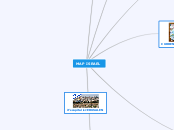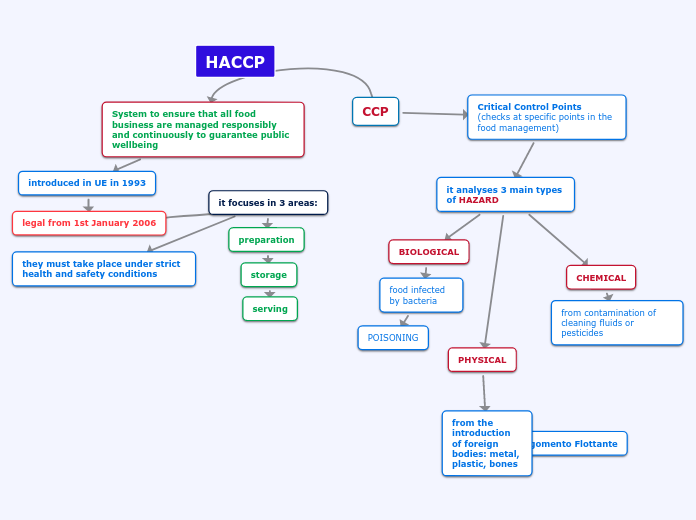por erica castiblanco hace 9 años
703
france
France is a country of diverse regions, each with unique traditions and characteristics. The lack of a national dress is evident as each region has its own distinctive traditional attire, now mostly seen during festivals and celebrations.









